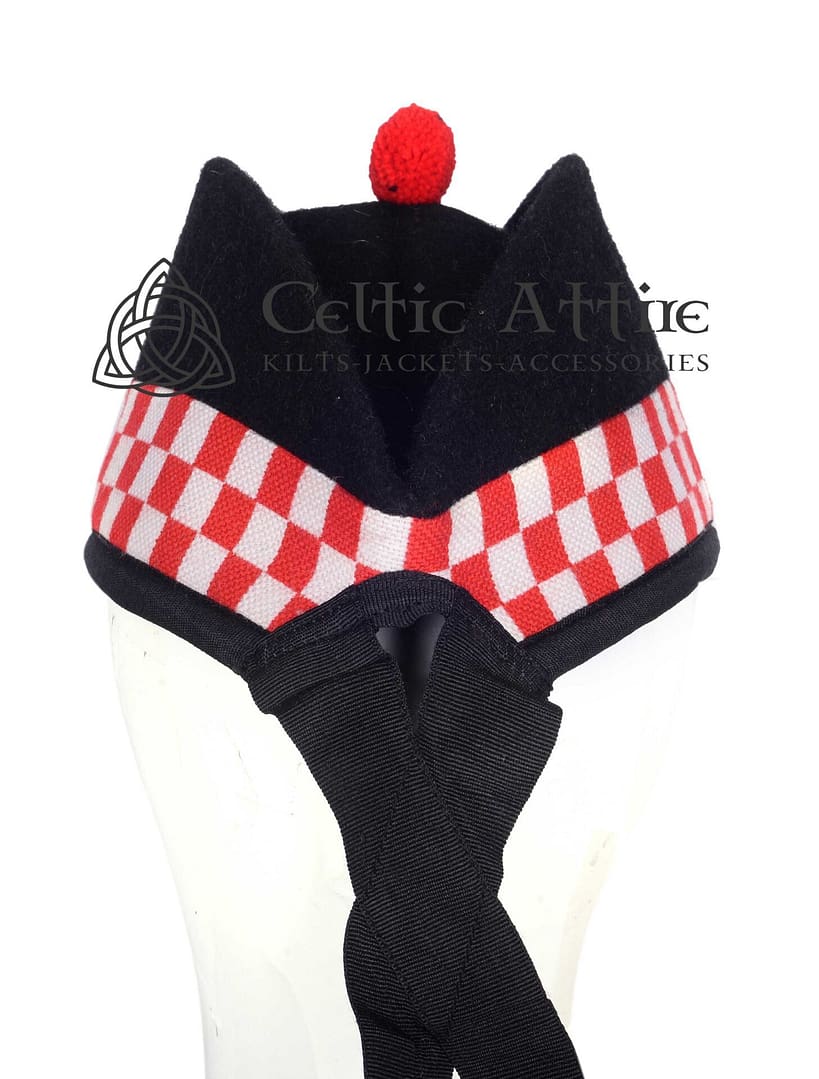
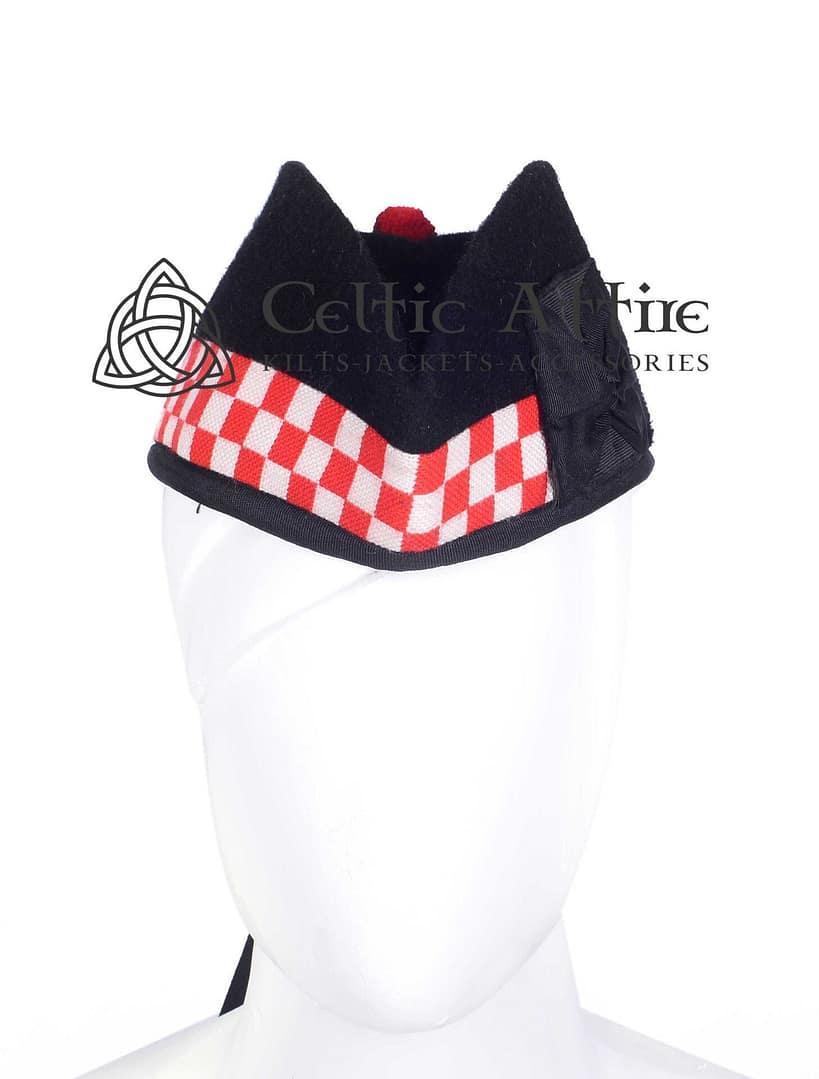


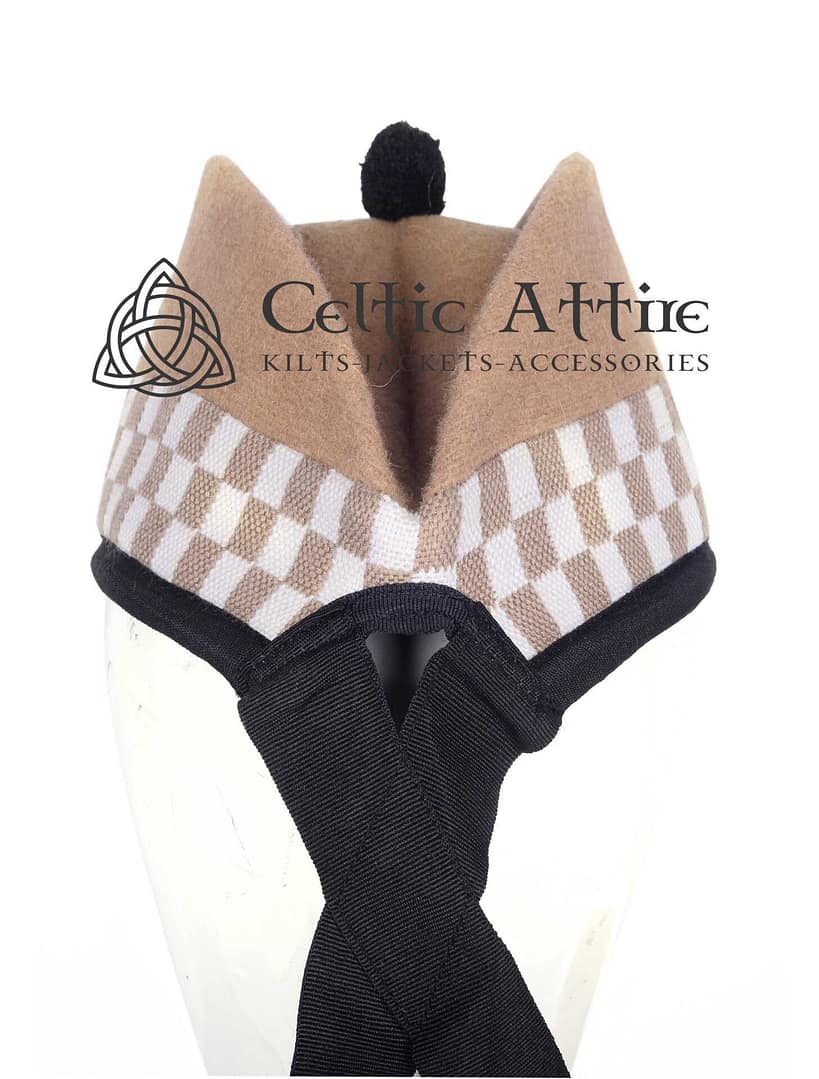
White Orange Diced Glengarry Black Wool Scottish Military Bonnet
$ 45 Original price was: $ 45.$ 26Current price is: $ 26.
- Made of 100% Wool
- Equipped With Black Toorie
- White – Orange Diced Band
- Made to Order Only
- Polyester Tail Strips
- Fully Cotton Lined
Historical Significance of Glengarry Bonnets
The Glengarry bonnet was made part of the uniform of the Glengarry Fencibles when they were formed in 1794. Alasdair Ranaldson MacDonell of Glengarry was the one who invented the style. Balmoral bonnets may have bent and creased earlier, possibly originating the Glengarry. Different colors of wool represent different Regiments and the same goes for the colors of the diced band.
The Scottish regiments made the Glengarry, which could be folded flat, a key part of their uniforms. By 1860, pipers in most regiments wore it without a diced border and often with a feather. Except for the 42nd (Black Watch), who kept the feather bonnet. By 1914, all Scottish regiments wore dark blue Glengarries in non-ceremonial dress. Only the Cameronians (Scottish Rifles), who wore Rifle green, and the Scots Guards, who used peaked forage caps with a diced band. The diced bands were usually red and white, while the toories on top could be red, Royal blue, or black, depending on the regiment.
From 1868 to 1902, the Glengarry served as the undress cap for ordinary duty.. And walking out dressed for most British soldiers. With time, more regions and departments started using the Glengarry Bonnets as part of the uniform. British and other police forces around the world later widely adopted the diced band for their caps.
White Orange Diced Glengarry Bonnet
Perfect for formal occasions, ceremonial events, or simply as a stylish accessory, this cap’s timeless design and versatile color scheme make it a standout choice for those seeking to honor Scottish heritage with a modern twist. Celtic Attire offers the widest range of Scottish Balmoral Bonnets, Glengarry Hats, Irish Caubeen Caps, and Tammie Hats Here.
| Cap Size |
54 Cm ,55 Cm ,56 Cm ,57 Cm ,58 Cm ,59 Cm ,60 Cm ,61 Cm ,62 Cm ,63 Cm ,64 Cm ,65 Cm |
|---|
37 reviews for White Orange Diced Glengarry Black Wool Scottish Military Bonnet
MAECENAS IACULIS
Vestibulum curae torquent diam diam commodo parturient penatibus nunc dui adipiscing convallis bulum parturient suspendisse parturient a.Parturient in parturient scelerisque nibh lectus quam a natoque adipiscing a vestibulum hendrerit et pharetra fames nunc natoque dui.
ADIPISCING CONVALLIS BULUM
- Vestibulum penatibus nunc dui adipiscing convallis bulum parturient suspendisse.
- Abitur parturient praesent lectus quam a natoque adipiscing a vestibulum hendre.
- Diam parturient dictumst parturient scelerisque nibh lectus.
Scelerisque adipiscing bibendum sem vestibulum et in a a a purus lectus faucibus lobortis tincidunt purus lectus nisl class eros.Condimentum a et ullamcorper dictumst mus et tristique elementum nam inceptos hac parturient scelerisque vestibulum amet elit ut volutpat.
Related products
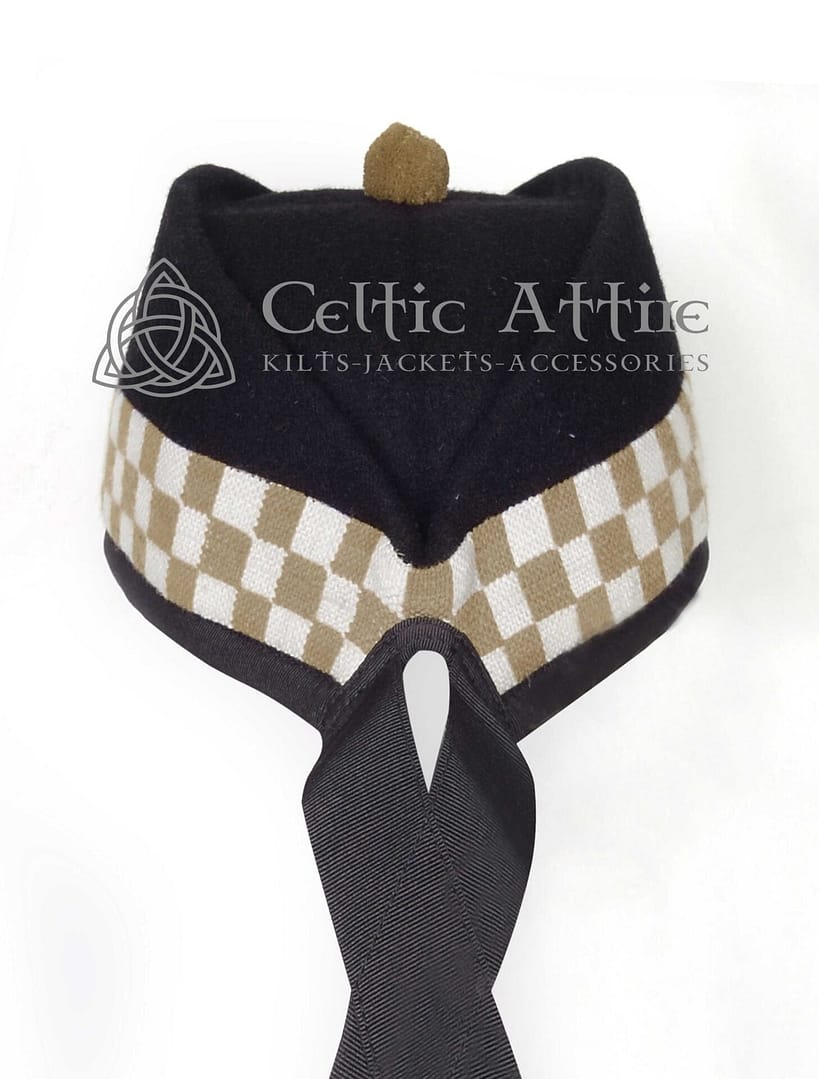
Black Khaki Diced Glengarry Bonnet Hat Scottish Military Piper Cap
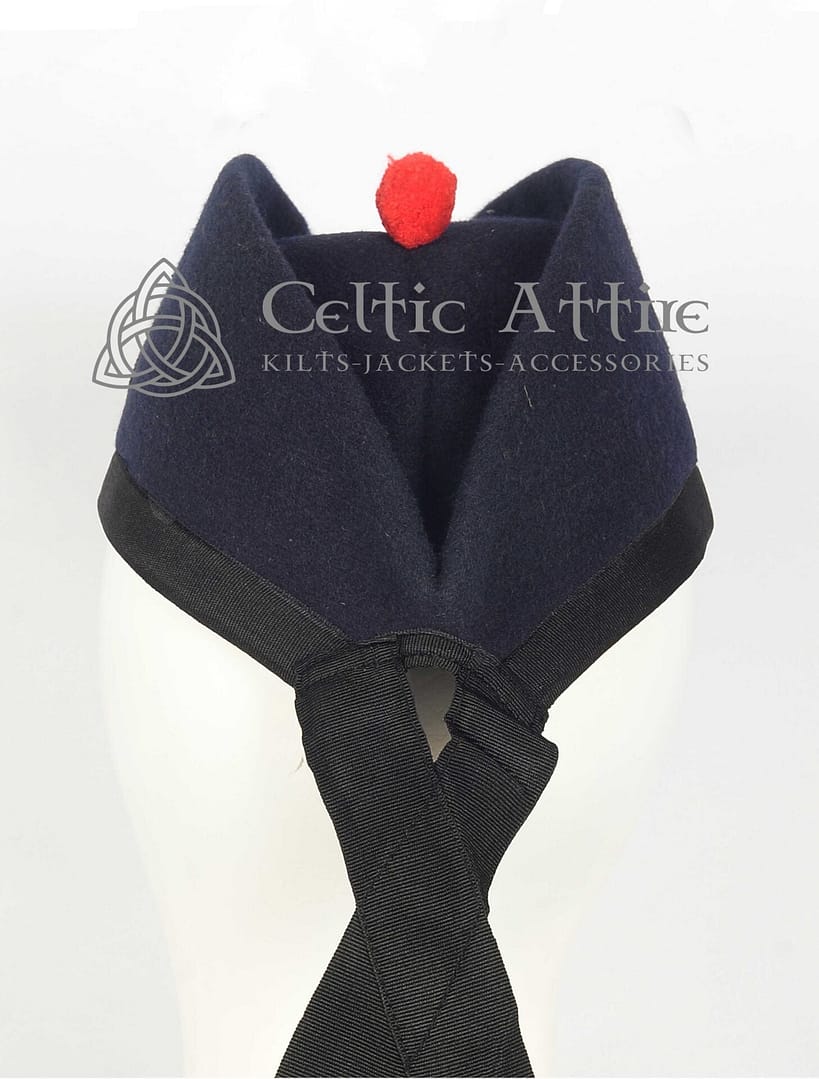
Black Watch Glengarry Bonnet Hat Scottish Military Cap
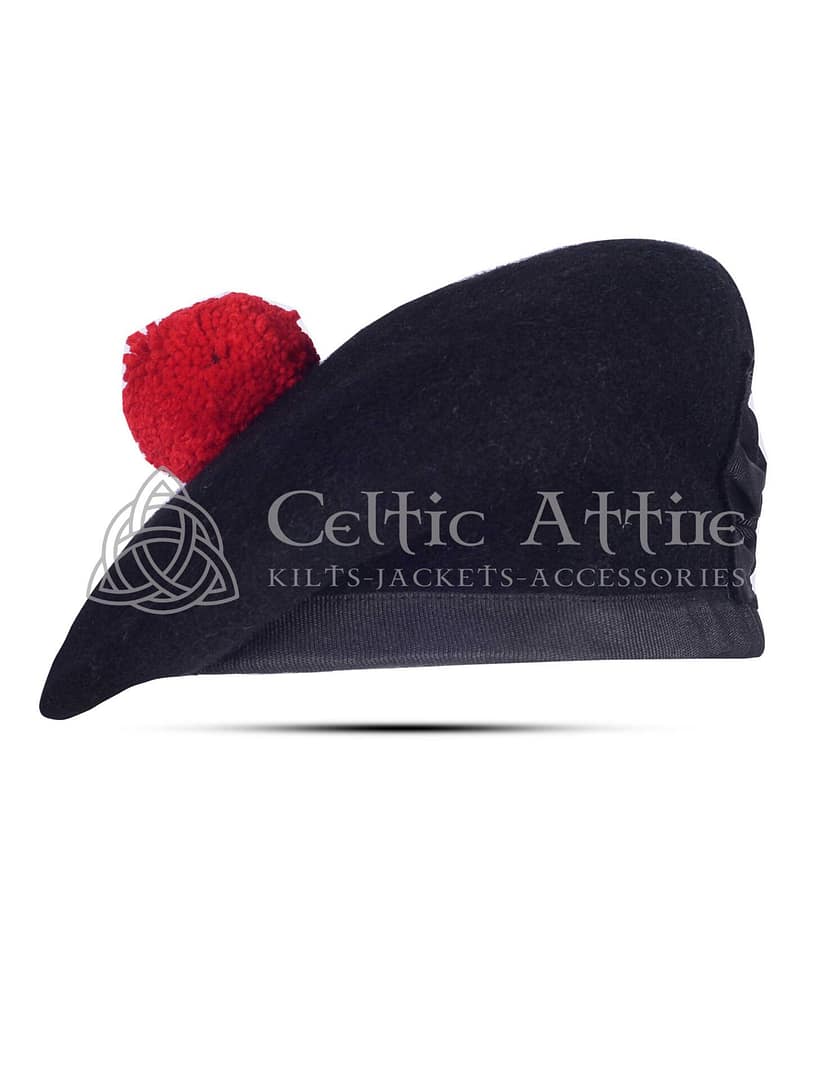
Black Wool Balmoral Bonnet Scottish Military Hat Kilt Cap

Gordon Highlanders Glengarry Bonnet Hat
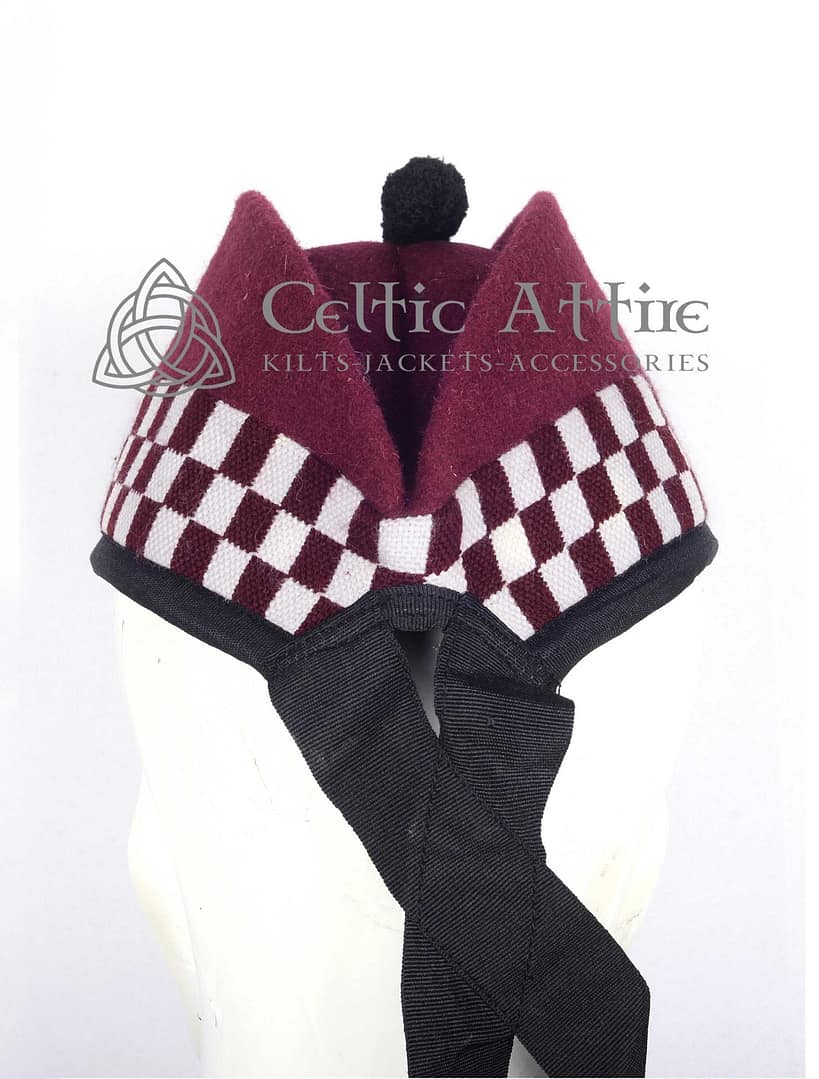
Maroon Wool Diced Glengarry Bonnet Scottish Military Piper Hat
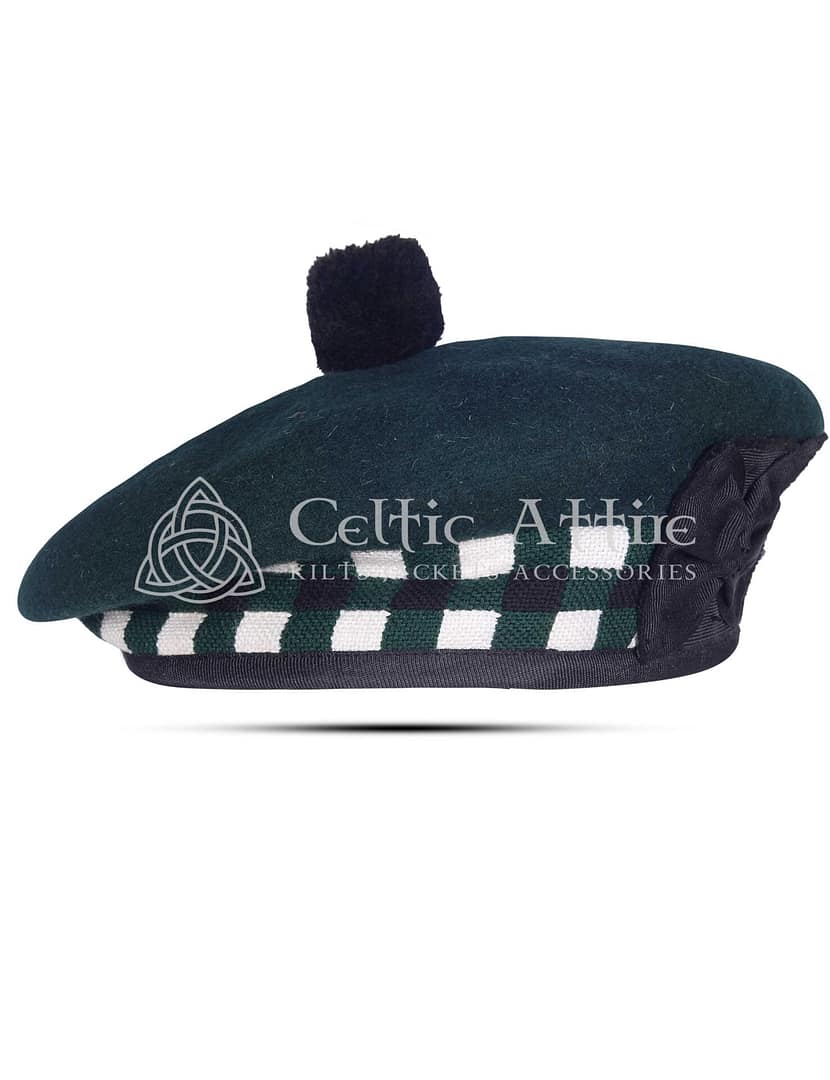
Rifle Green Wool Balmoral Diced Bonnet Scottish Military Hat
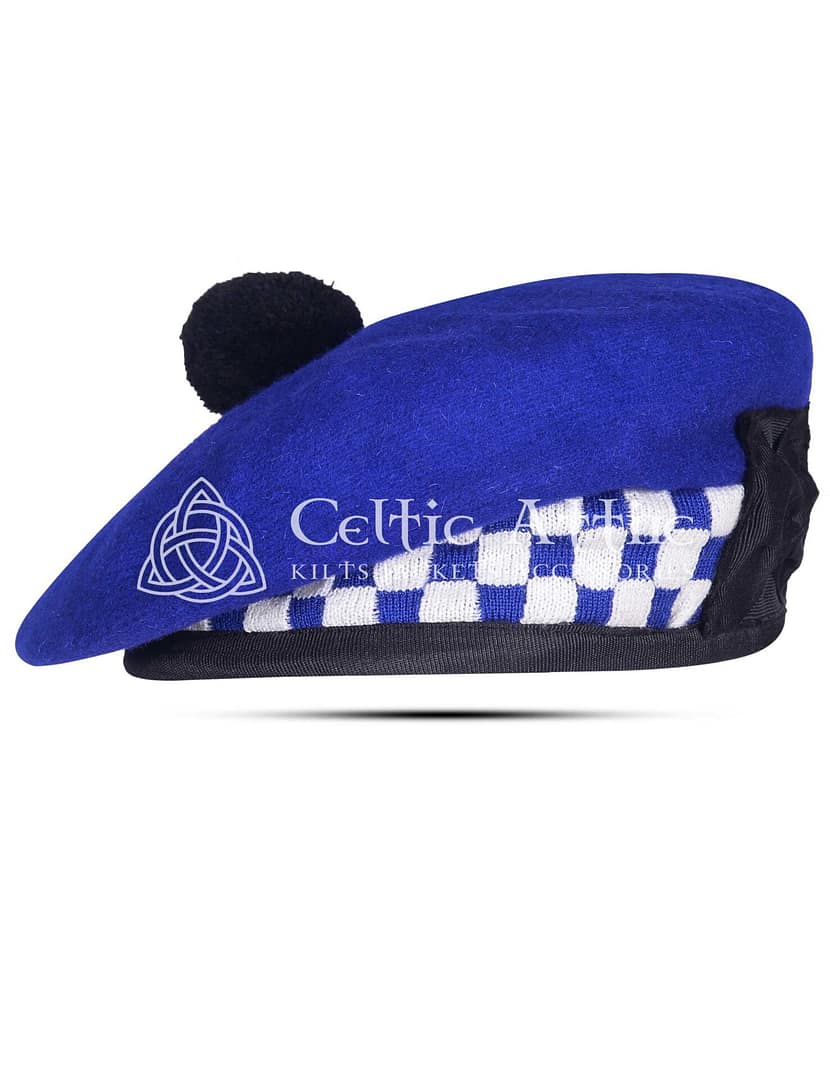
Royal Blue Wool Balmoral Scottish Military Barret Hat
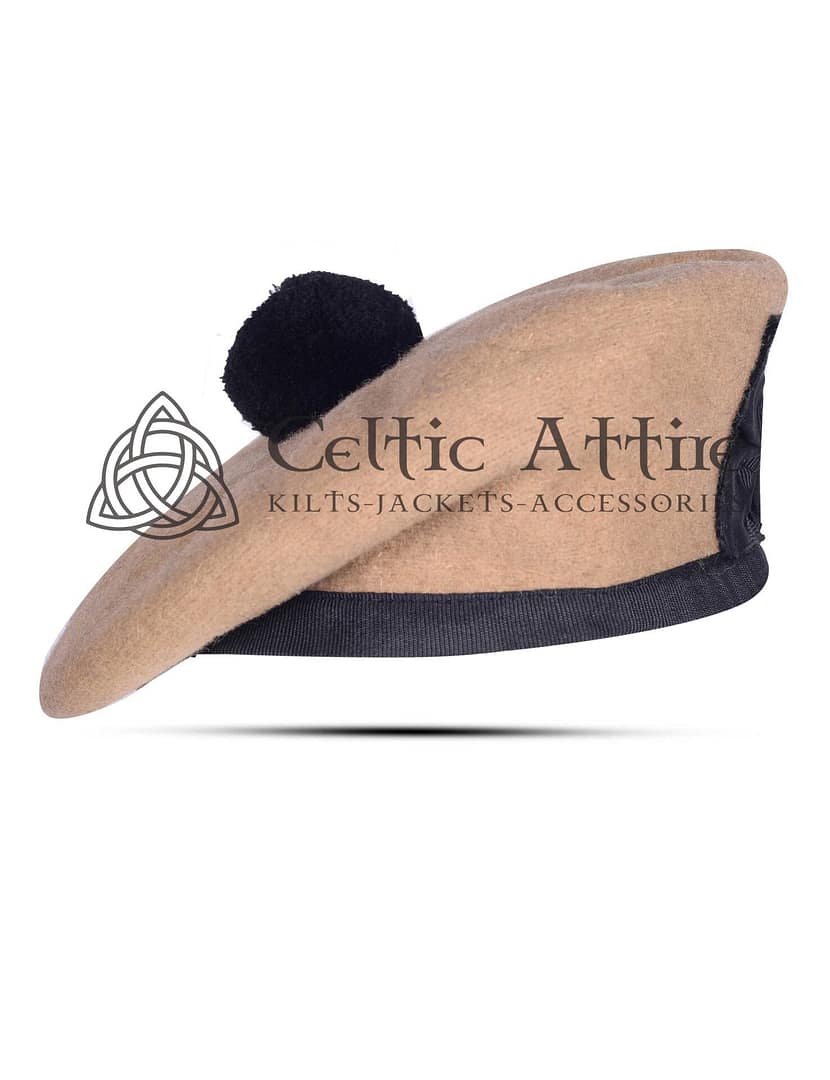

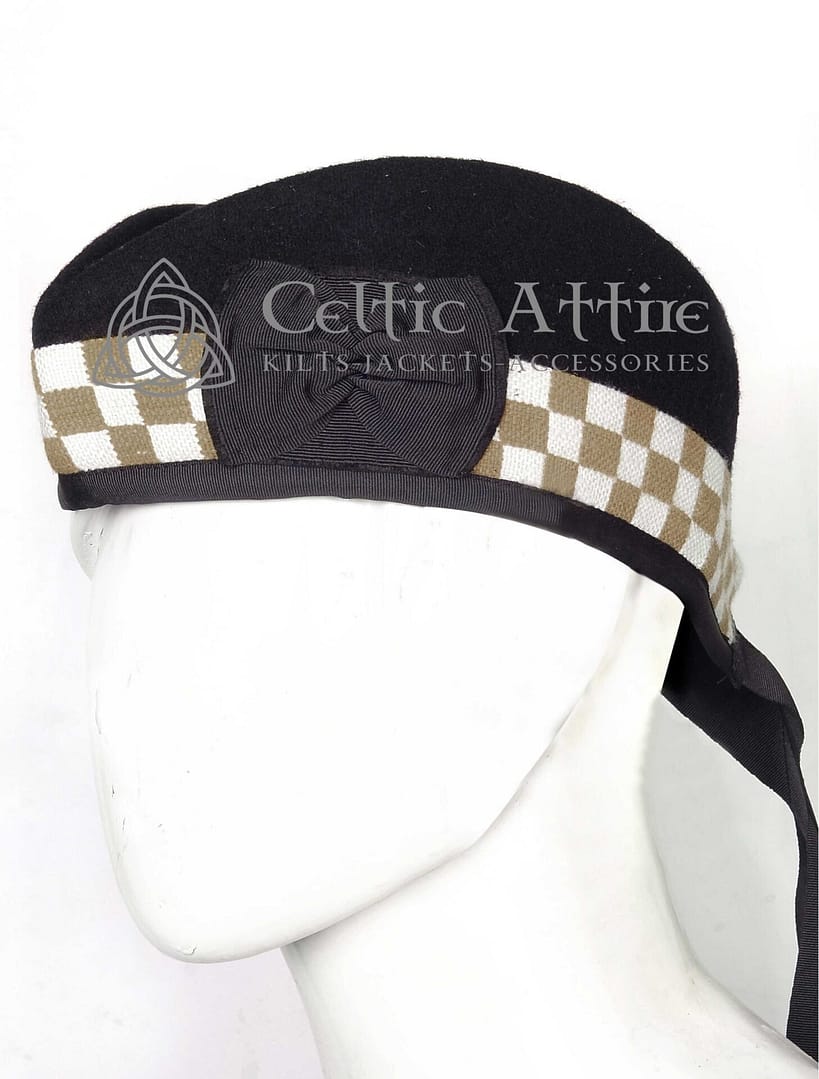


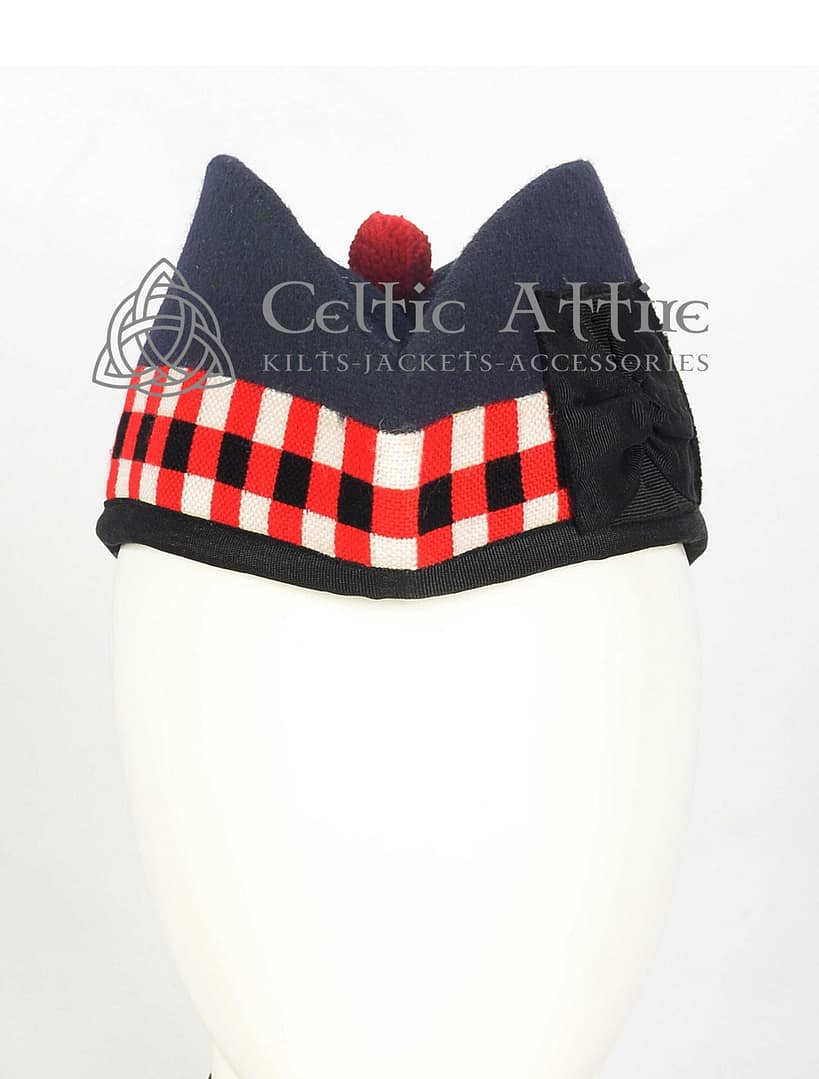

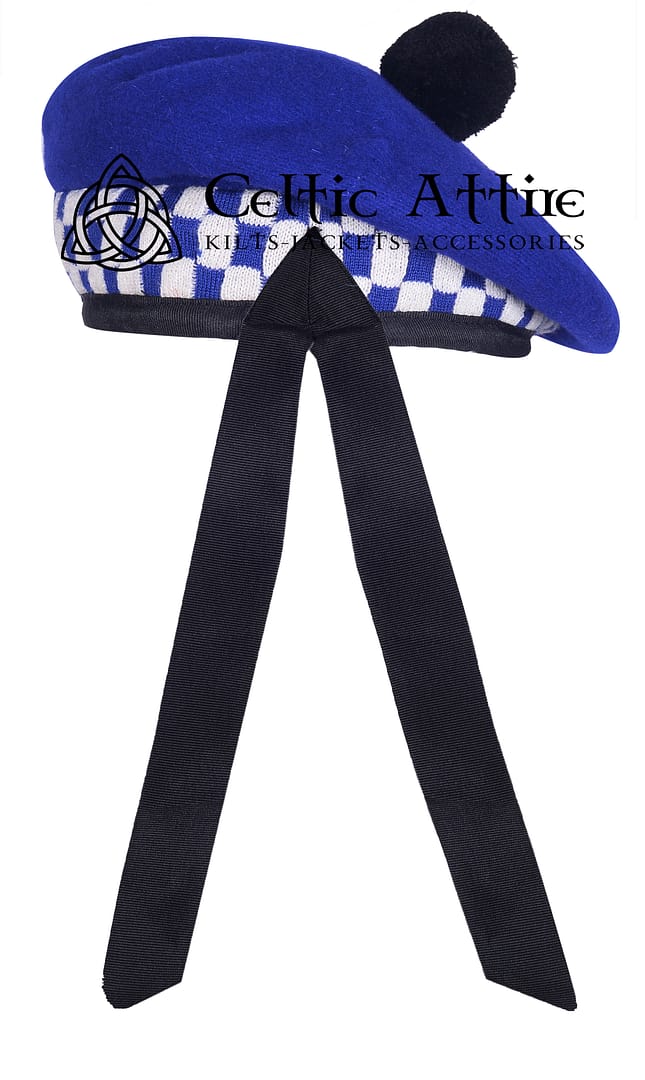
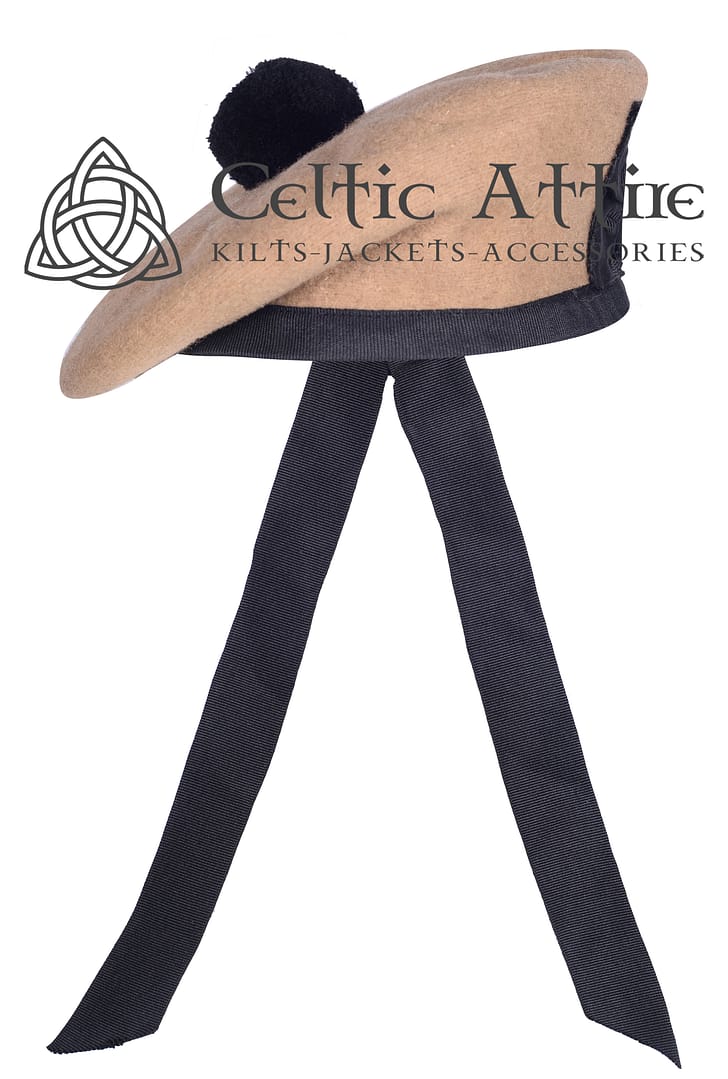
Heiner –
You always have to flame off a few loose thread ends to prevent them from unraveling. But all in all, great products and great service.
LeeAnne –
Kilt fits well and is good quality material. The 21″ length is perfect. only issue is the front panel is a little narrow.
Sharon –
The fit and the style is just right. It is very comfortable. There were no care instructions sent, so via the Etsy site, I contacted the seller and they got right back to me. Care instructions- Dry Clean. Any wrinkles will resolve by hanging out.
csabowabo –
You always have to flame off a few loose thread ends to prevent them from unraveling. But all in all, great products and great service.
josip –
arjan –
I’m not sure what the deal was but I ordered in May and never received it. I even paid for expedited shipping. Update: seller reached out to me and corrected their error and threw in some flashes. Its a lovely kilt. I’d buy another.
jonahan –
Quality is really excellent, looks handmade. Unfortunately, customs are very expensive, but the seller can’t do anything about that.
Kellen –
Christian –
Kilt fits well and is good quality material. The 21″ length is perfect. only issue is the front panel is a little narrow.
Karyn –
The fit and the style is just right. It is very comfortable. There were no care instructions sent, so via the Etsy site, I contacted the seller and they got right back to me. Care instructions- Dry Clean. Any wrinkles will resolve by hanging out.
mybabybaloo –
I’m not sure what the deal was but I ordered in May and never received it. I even paid for expedited shipping. Update: seller reached out to me and corrected their error and threw in some flashes. Its a lovely kilt. I’d buy another.
Matt –
Fast shipping from overseas, feels soft and well done! We’ll see what the Christmas present receiver thinks!
ryan –
The fit and the style is just right. It is very comfortable. There were no care instructions sent, so via the Etsy site, I contacted the seller and they got right back to me. Care instructions- Dry Clean. Any wrinkles will resolve by hanging out.
Ron –
I’m not sure what the deal was but I ordered in May and never received it. I even paid for expedited shipping. Update: seller reached out to me and corrected their error and threw in some flashes. Its a lovely kilt. I’d buy another.
daniel –
Great quality, great price, prompt communication, prompt delivery. Will definitely buy from again.
Andrew McGlinchey –
Super cute but runs a bit small. Recommend getting a couple inches bigger than your actual measurements
Faye –
Fast shipping from overseas, feels soft and well done! We’ll see what the Christmas present receiver thinks!
Rhys –
Quality is really excellent, looks handmade. Unfortunately, customs are very expensive, but the seller can’t do anything about that.
Daniela –
I’m not sure what the deal was but I ordered in May and never received it. I even paid for expedited shipping. Update: seller reached out to me and corrected their error and threw in some flashes. Its a lovely kilt. I’d buy another.
Andrey –
Kilt fits well and is good quality material. The 21″ length is perfect. only issue is the front panel is a little narrow.
Benjamin –
Super cute but runs a bit small. Recommend getting a couple inches bigger than your actual measurements
Kevin –
This is a true, authentic kilt! We bought to use for a renaissance festival and now my boyfriend won’t take it off. Super durable material and the straps support oversize men. Would buy again!
Juli –
Super cute but runs a bit small. Recommend getting a couple inches bigger than your actual measurements
Sage –
The fit and the style is just right. It is very comfortable. There were no care instructions sent, so via the Etsy site, I contacted the seller and they got right back to me. Care instructions- Dry Clean. Any wrinkles will resolve by hanging out.
Alicia –
Lars –
Leslie –
I’m not sure what the deal was but I ordered in May and never received it. I even paid for expedited shipping. Update: seller reached out to me and corrected their error and threw in some flashes. Its a lovely kilt. I’d buy another.
James –
Kilt fits well and is good quality material. The 21″ length is perfect. only issue is the front panel is a little narrow.
Rachel –
You always have to flame off a few loose thread ends to prevent them from unraveling. But all in all, great products and great service.
Chris –
Fantastic father’s day gift for my dad! Came two days before the estimated arrival date. Quick communication between the seller when I had to change the size. I would buy from them again! Fabric and quality is great!
Ravenstead –
Fantastic father’s day gift for my dad! Came two days before the estimated arrival date. Quick communication between the seller when I had to change the size. I would buy from them again! Fabric and quality is great!
Vicki –
Super cute but runs a bit small. Recommend getting a couple inches bigger than your actual measurements
Jessica –
Great quality, great price, prompt communication, prompt delivery. Will definitely buy from again.
Stuart –
Great quality, great price, prompt communication, prompt delivery. Will definitely buy from again.
Tonia –
Great quality, great price, prompt communication, prompt delivery. Will definitely buy from again.
amyswater –
Derek –
The fit and the style is just right. It is very comfortable. There were no care instructions sent, so via the Etsy site, I contacted the seller and they got right back to me. Care instructions- Dry Clean. Any wrinkles will resolve by hanging out.